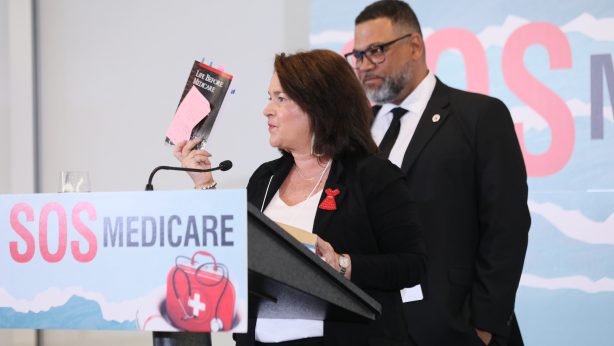Moments in health care history: How Tommy Douglas did it
It has been 60 years since Saskatchewan pioneered Canada’s public health care system, but it started a couple of decades earlier with Tommy Douglas. How did Tommy do it? And could such commitment and resolve happen today to maintain and expand our most important social program?
Tommy Douglas was premier of Saskatchewan from 1944 to 1961, representing the Cooperative Commonwealth Federation (CCF), forerunner of the NDP.
He was obsessed from the start. His entire plan for governing was built around the idea of universal health care. In his first budget as premier, 70 per cent was allocated to health, welfare and education. That year, Douglas’s government passed 72 social and economic reform laws, most of them directly or indirectly related to health care.
Here’s some of the steps he took:
- Douglas ordered the University of Saskatchewan to expand to include a medical school to create and train more doctors;
- Utilities, lumber, fisheries and other corporations became state-run, generating substantial revenue to pay for health care;
- Douglas and his cabinet took a 28 per-cent pay cut;
- Retirees were immediately given free medical, hospital and dental coverage. Treatment of cancer, tuberculosis, mental illness and venereal disease were made free to everyone in Saskatchewan.
By 1947, Saskatchewan had one of strongest economies in Canada. After just three years as premier, Douglas made the province financially stable enough to introduce universal hospitalization for all residents of Saskatchewan for an annual fee of $5.
Free hospitalization and surgery were in place, but drugs and doctors visits were not. There just wasn’t enough money. But the rest of Canada was beginning to see how well Tommy’s program was working, and they warmed to the idea.
When new Conservative Prime Minister John Diefenbaker was elected in 1958, he offered matching federal funds to any province that started a free hospitalization program.



